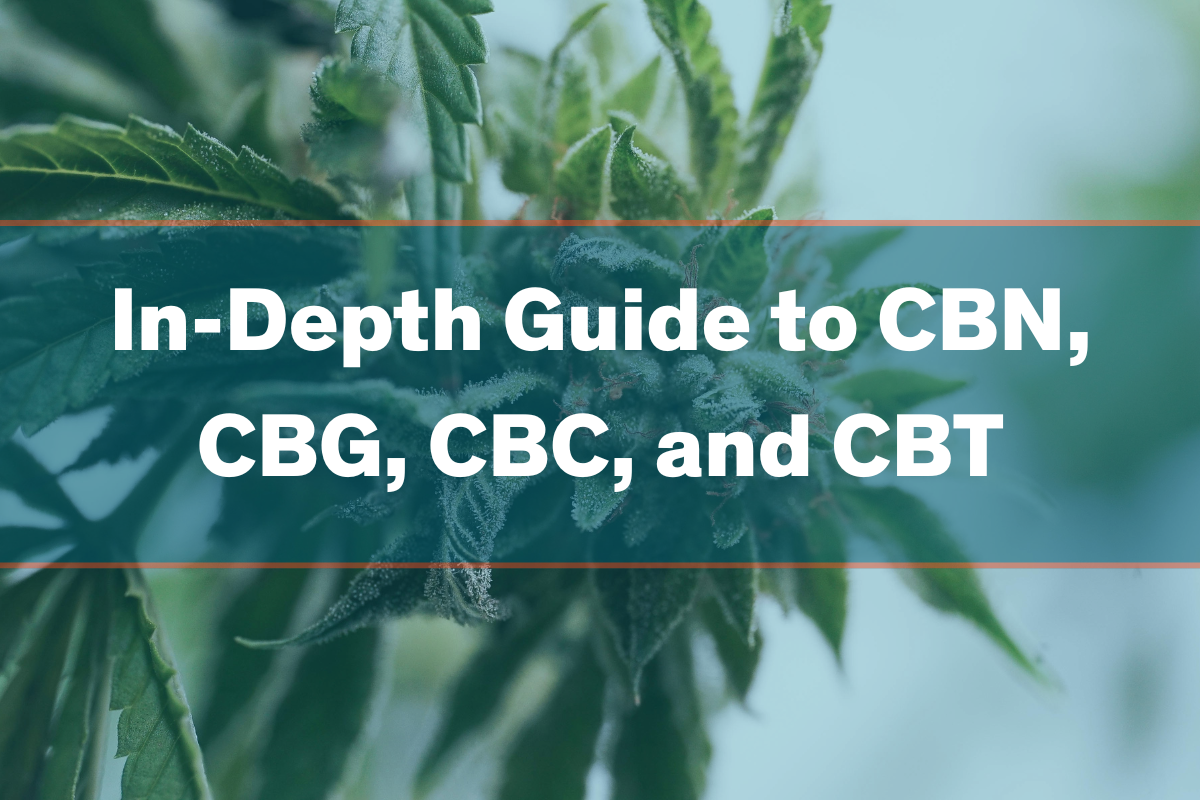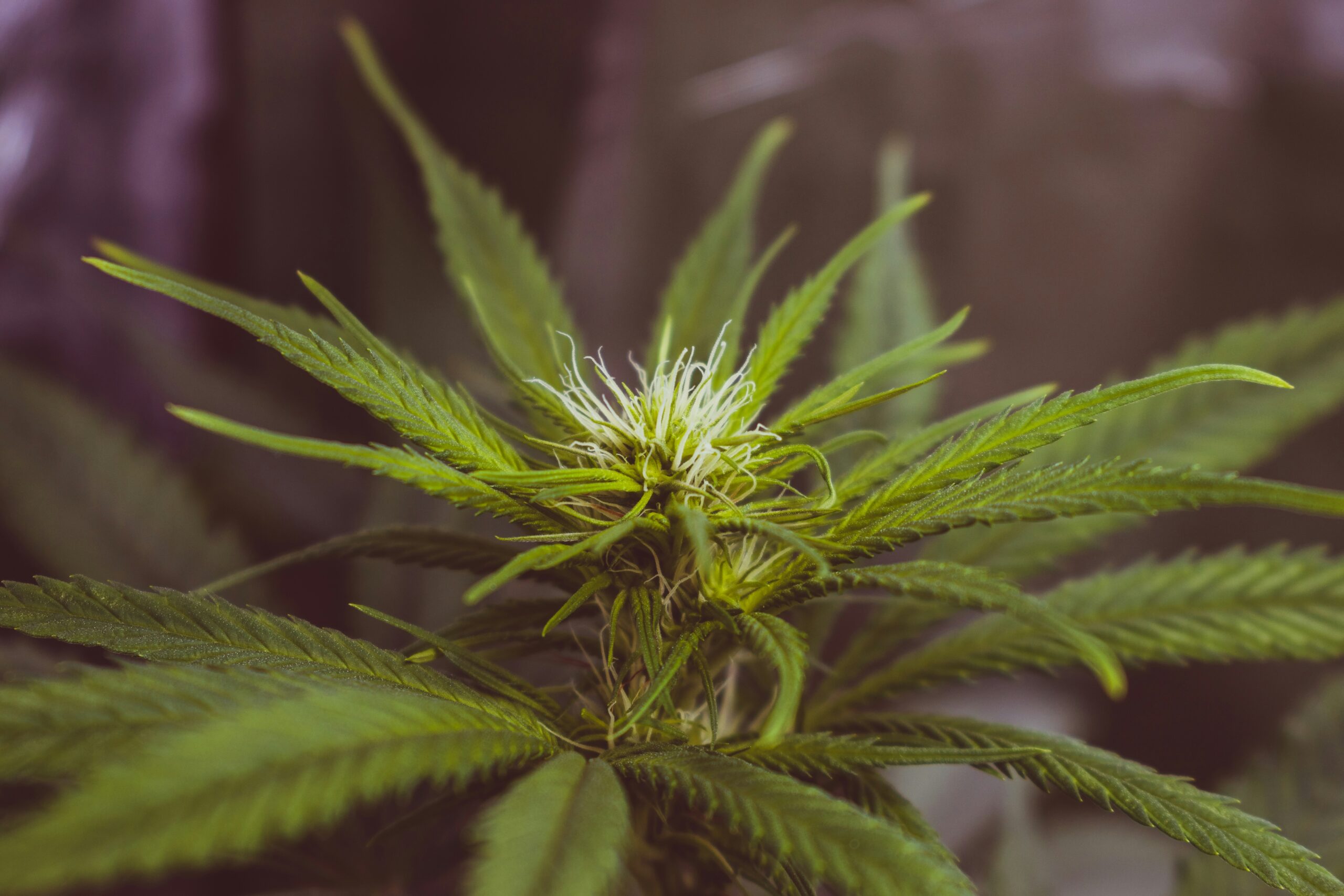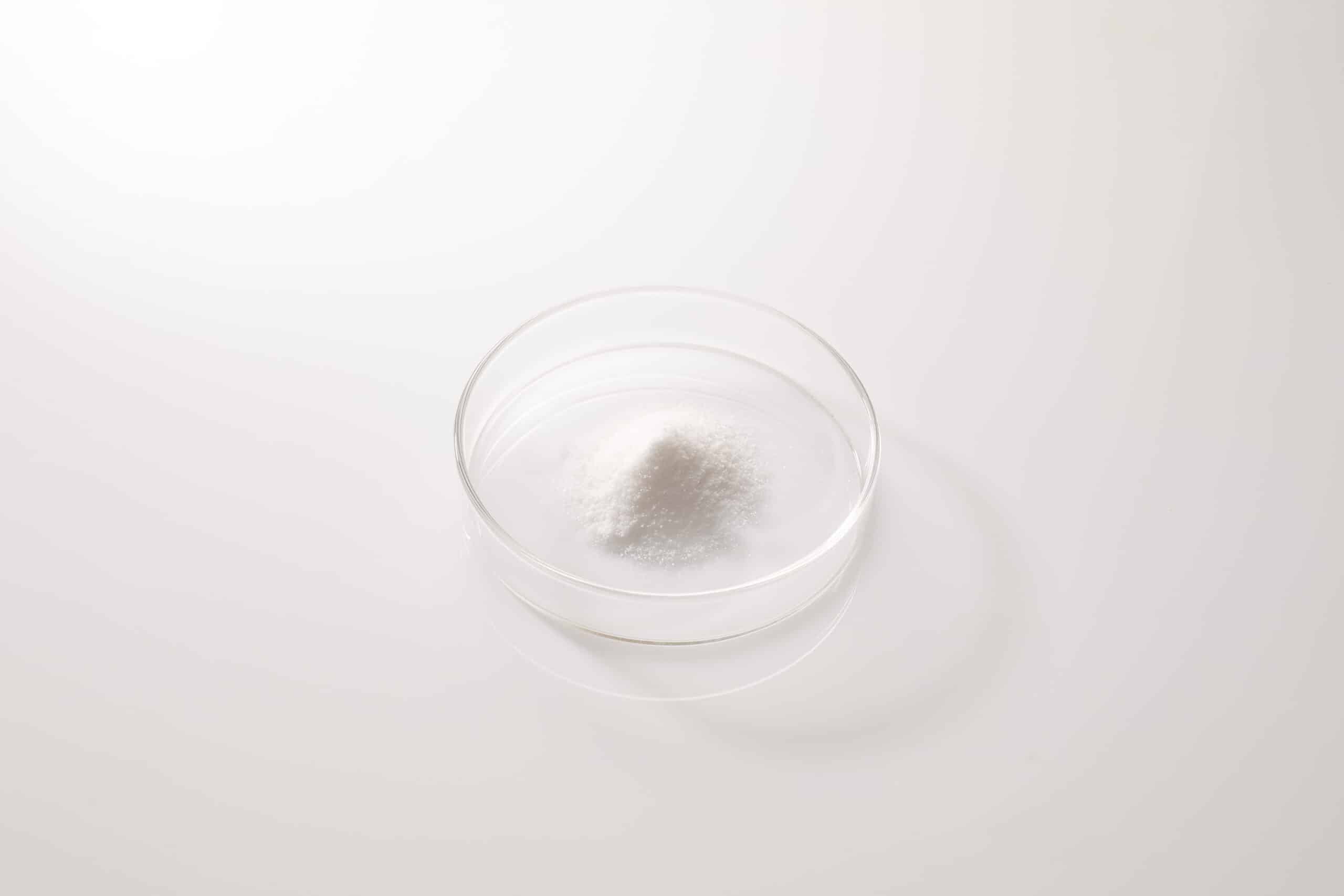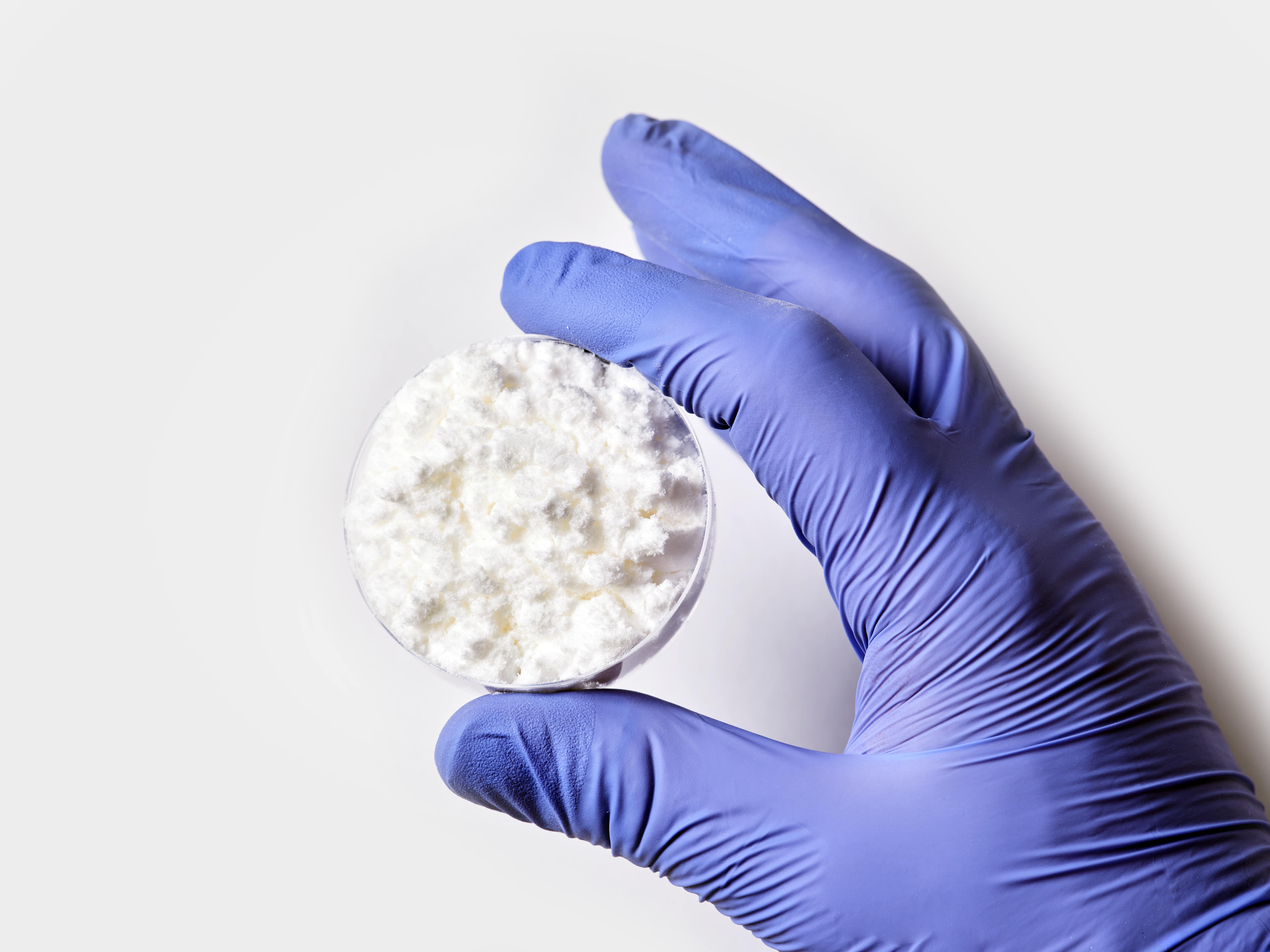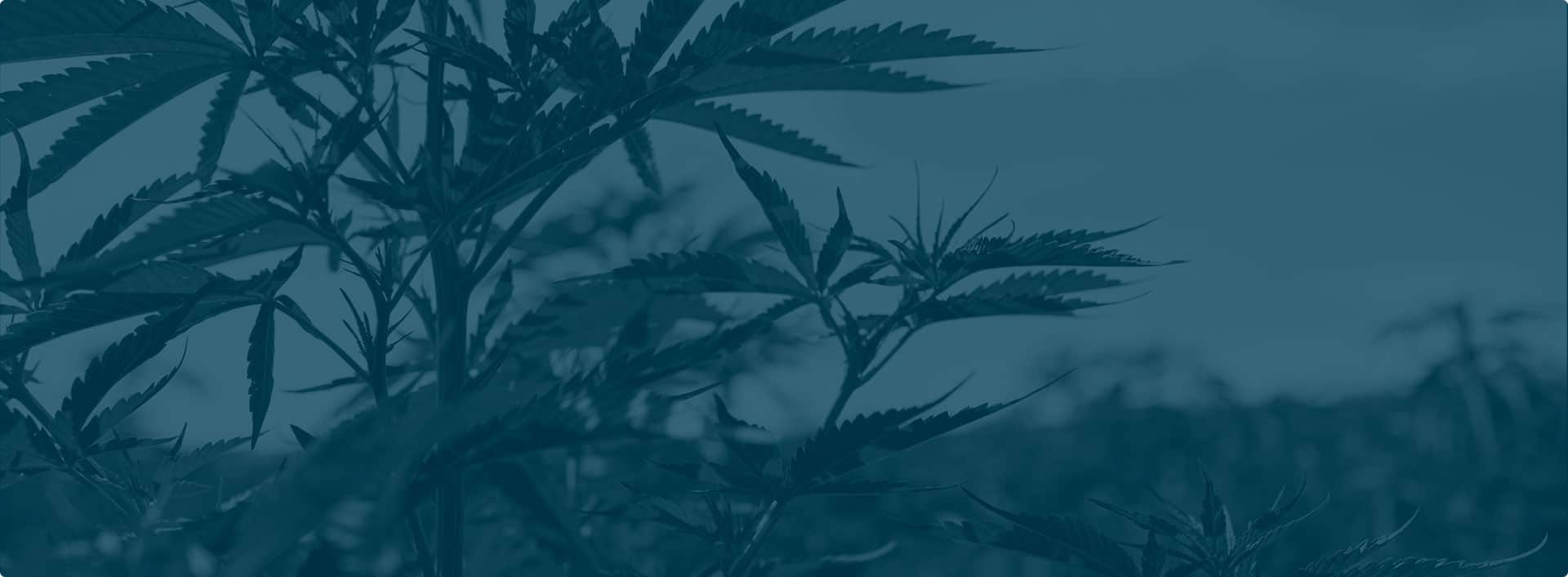They’ve been the dominant types of CBD extracts for years at this point, but there’s still a lot to learn about broad-spectrum and full-spectrum CBD. What, exactly, do these terms mean, and what are the differences between the types of CBD extracts they denote?
In this comprehensive guide, we’ll pit full-spectrum and broad-spectrum CBD against each other in every conceivable capacity to determine which extract is best for each situation. By the end, you’ll have a much better idea of which type of CBD you prefer.
Overview: CBD extract types
Let’s start with a basic overview of what CBD extract is and the forms in which it’s offered:
– CBD extract, also called CBD oil or CBD concentrate, is derived from CBD-rich cultivars of the Cannabis sativa plant
– Under federal law, CBD extract can contain no more than 0.3% THC
– Full-spectrum is the most “raw” form of CBD extract offered
– It can be refined slightly to make broad-spectrum CBD extract
– It can be refined even further to make isolate CBD, which is molecularly homogenous
– Those three types make up the vast majority of CBD extracts
– Broad-spectrum and full-spectrum CBD are more different than they first appear
What is full-spectrum CBD?
For those who have been active in the CBD industry since the very beginning, full-spectrum CBD is quite familiar. There was a time, in fact, when full-spectrum CBD was the only type of CBD you could buy. Then, a few intrepid producers started making CBD isolate in bulk, and broad-spectrum CBD followed a number of years later.
Full-spectrum CBD contains everything that is naturally present in CBD hemp flowers minus those components that would be unhealthy or undesirable to consume, such as chlorophyll and waxes. Generally, full-spectrum CBD extract is not exposed to heat or other oxidizing factors, leading to higher natural concentrations of terpenes.
Does full-spectrum CBD contain THC?
The characteristic of full-spectrum CBD shoppers care about the most is its THC content. Yes, full-spectrum CBD contains up to 0.3% THC, and it also often contains reasonable concentrations of THC analogs like THCA¹.
At low concentrations, THC is not intoxicating. Instead, it subtly blends into the harmony of cannabinoids and terpenes, adding to the synergy known as the “entourage effect.”
Still, the presence of THC in full-spectrum CBD extract can be problematic for a variety of reasons. That’s the impetus that brought broad-spectrum and isolate CBD into being.
Is full-spectrum CBD “raw”?
Full-spectrum CBD is the closest thing to raw that you can get. Both broad-spectrum and isolate CBD have been exposed to elaborate processes that fundamentally transform their structures. Full-spectrum CBD, on the other hand, is a much less-processed oil, which some brands and shoppers might find desirable.
How is full-spectrum CBD made?
Full-spectrum CBD extract is generally made by using a solvent to remove oily components of harvested CBD-rich hemp flowers. Various solvents and processes can be used, which leave varying additional components of the hemp plant behind.
Chlorophyll, for instance, is often present in CBD crude extracts, and it must be removed to make full-spectrum extract. Usually, though, non-heat separation processes are used, preserving the virginal properties of the concentrate.
What is full-spectrum CBD good for?
Full-spectrum CBD is ideal for natural-themed products or products that are designed to be as high-strength as possible. This type of extract also resonates with the entourage effect, a benefit that many shoppers are pursuing as they learn more about CBD extract.
Some shoppers want the most natural option, and since full-spectrum extract is also perceived as being the strongest, that’s an additional bonus. Generally, more maverick-like customers go for full-spectrum products — or others like the elderly who don’t have to be concerned about drug testing.
What is broad-spectrum CBD?
Broad-spectrum CBD is what you get when you remove the THC from CBD hemp extract. There are many different ways to achieve this effect, and some are inherently superior to others.
Produced correctly, broad-spectrum CBD can be on par with or even superior to full-spectrum CBD. It often is not produced correctly, though, so shoppers and producers alike should learn the properties of worthwhile broad-spectrum CBD.
Does broad-spectrum CBD contain THC?
No, broad-spectrum CBD does not contain any THC. If you were to use an electron microscope and thoroughly inspect a sample, you might find one or two stray THC molecules. No THC can be detected in broad-spectrum CBD using conventional chromatography, however, and broad-spectrum CBD will also not make you fail a drug test.
This is often a critical issue in international CBD commerce. Many nations have staunch zero-tolerance policies on THC², so being able to entirely remove this cannabinoid is often a lynchpin of business negotiations.
Has broad-spectrum CBD been exposed to heat?
The vast majority of broad-spectrum CBD products are made using a process that involves heat, which damages the terpenes and other delicate components present in the extract. It is possible to make broad-spectrum CBD extract using heat-free processes, though, which results in superior extracts that are both more effective and taste better.
How is broad-spectrum CBD made?
The goal when making broad-spectrum CBD is to remove the THC without damaging the other components. Starting with a base of full-spectrum CBD extract, a variety of finishing processes can be used to remove THC. Always ask a producer how they make their broad-spectrum CBD before purchasing a product.
What is broad-spectrum CBD good for?
Broad-spectrum CBD is ideal for products that are designed to replicate the full effects of CBD hemp flower as closely as possible while eliminating the presence of THC. Resultantly, any products that already contain full-spectrum CBD are prime targets for broad-spectrum CBD as well. In particular, broad-spectrum CBD tinctures and gummies have become remarkably popular.
Full-spectrum vs. broad-spectrum CBD
Now, let’s compare full-spectrum and broad-spectrum CBD across seven categories to get a deeper grasp of their similarities and differences:
1. Effects
The differences between the effects of full-spectrum and broad-spectrum CBD should not be noticeable to most users. For some, full-spectrum CBD may have a slightly stronger effect, but this is definitely not always the case. Connoisseurs may be able to distinguish a greater breadth of effects in full-spectrum CBD due to its higher cannabinoid and (usually) terpene content.
2. Legality
In the United States, there are not usually significant legal or regulatory differences between broad-spectrum and full-spectrum CBD. The same is not the case abroad, however, where the THC content of CBD products often makes a massive difference.
Some countries do not allow the import of CBD products that contain any detectable THC whatsoever, for instance. Others require that THC be at a lower level than the threshold selected by the United States Congress³, 0.3% on a dry weight basis.
As a result, removing the THC from otherwise undiluted CBD extract is often an important step for international customers. People around the world want to experience CBD in its purest form; some of them simply can’t access full-spectrum CBD for legal reasons.
3. Purity
In some cases, the additional processes applied to broad-spectrum CBD extract may result in higher purity. Usually, though, no considerable purity differences should be expected between full-spectrum and broad-spectrum CBD products in a general sense. Products should still be judged on their individual merits regardless of how much THC they contain.
4. Safety
Some shoppers may have safety concerns over even the minuscule amount of THC allowable in CBD products. Especially for products that will be used with sensitive populations, broad-spectrum CBD can be presented as the safer option due to its lack of THC content.
5. Price
There should not be a considerable price disparity between broad-spectrum and full-spectrum CBD. Expect broad-spectrum CBD to cost slightly more, though, due to the increased complexity of the processes used to make it compared to full-spectrum CBD.
6. Versatility
Broad-spectrum CBD should certainly be considered the more versatile option due to its lack of THC content. It appeals to a wider cohort of shoppers, and it is allowed in a greater number of countries worldwide. If you want to make a product with universal appeal, broad-spectrum extract is the logical choice.
7. Availability
There are usually no considerable differences in availability between broad-spectrum and full-spectrum CBD products. Competent producers should have copious quantities of both concentrates in consistent supply.
How to choose between full-spectrum and broad-spectrum CBD
When selecting between broad-spectrum and full-spectrum CBD, it’s important first and foremost to remember that each product type is ideal for very different situations. Full-spectrum CBD simply isn’t viable for many markets, but some shoppers will turn their noses to broad-spectrum extracts.
Determining which type of extract is right for your situation will naturally occur as you properly determine the niche your product will target. Raw, natural CBD products intended for domestic distribution will naturally be more suited for full-spectrum. Products designed to fit in on drug store shelves or overseas, though, would do better with broad-spectrum.
Isolate CBD: the other option
There’s another option that at least deserves a mention. Isolate CBD doesn’t offer much more than broad-spectrum extract nowadays, but it is undeniably the more economical extract and can sometimes offer nearly the same breadth of benefits. Don’t count isolate CBD out entirely as you compare the types of extracts at your disposal.
Discover the difference between broad-spectrum and full-spectrum today
The differences between broad-spectrum and full-spectrum CBD can be tricky to tease out, but they’re worth grasping in their entirety. We invite you to learn more about each extract type by contacting our staff. We’ll walk you through the available options and ensure you’re confident in choosing the right type of CBD for your planned products.
Sources
- 1. McPartland, J. M., MacDonald, C., Young, M. D., Grant, P., Furkert, D. P., & Glass, M. (2017). Affinity and Efficacy Studies of Tetrahydrocannabinolic Acid A at Cannabinoid Receptor Types One and Two. Cannabis and Cannabinoid Research, 2(1), 87–95. https://doi.org/10.1089/can.2016.0032
- 2. Ltd, R. a. M. (n.d.-b). Japan: CBD and Cannabis Regulation 2022 – Research and Markets. Research and Markets Ltd 2023. https://www.researchandmarkets.com/reports/5644891/
- 3. United States Department of Agriculture. (2020). 2018 Farm Bill Updates Guide. Farmers.gov. https://www.farmers.gov/working-with-us/farm-bill


